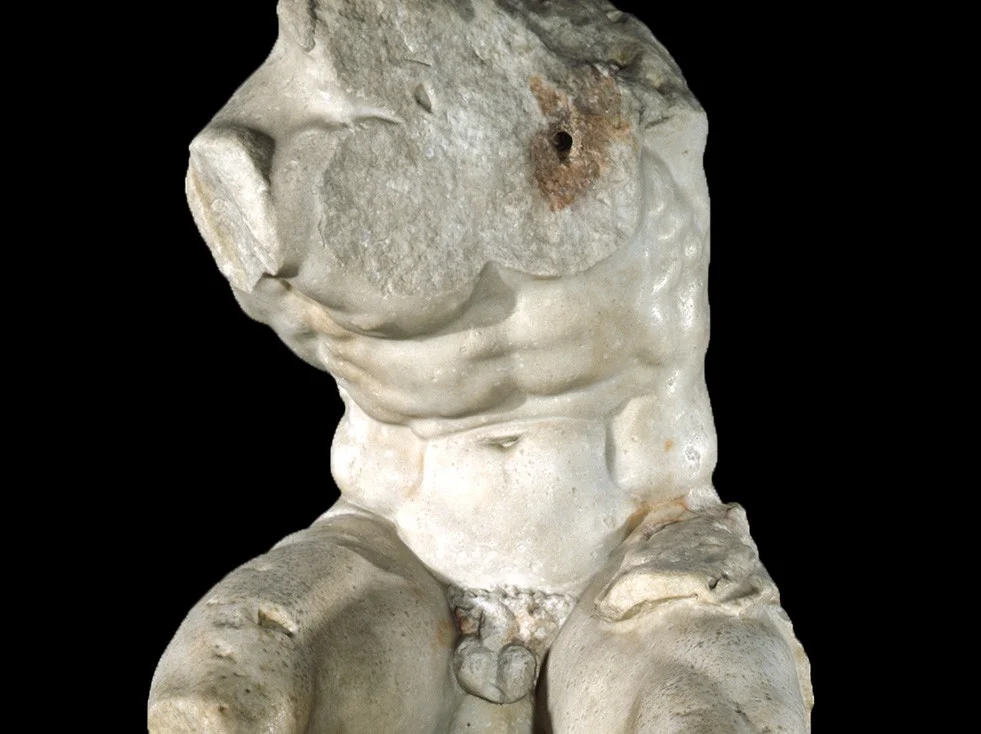Eighteenth-century English poet John Elsum, observing Rembrandt’s portraiture, remarks upon the sheer ‘coarseness’ of the Dutch artist’s technique. The repetitive ‘strokes upon strokes’ and the construction of physiognomy through thickly layered, scratched and scraped oil meant Rembrandt’s painted surface formed to both enliven and scrutinise the human flesh. Elsum’s description of this ‘rugged way of painting’ finds itself manifest in the twentieth-century works of post-war artist Frank Auerbach – highly influenced by Rembrandt’s seventeenth-century works. In Auerbach’s Head of E.O.W.IV, however, ‘dabs upon dabs’ become ‘swathes upon swathes’. Any notion of realism is blatantly rejected; emphasis shifts from the capturing of a sitter’s likeness, to exploring the profoundly emotive capabilities of medium.


















